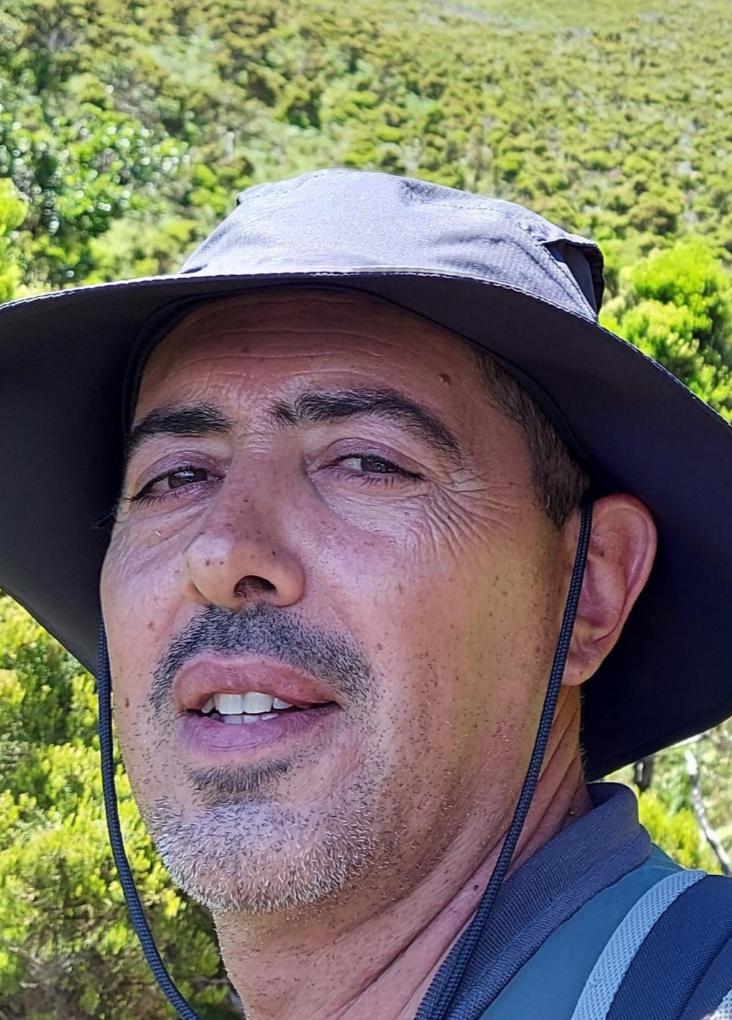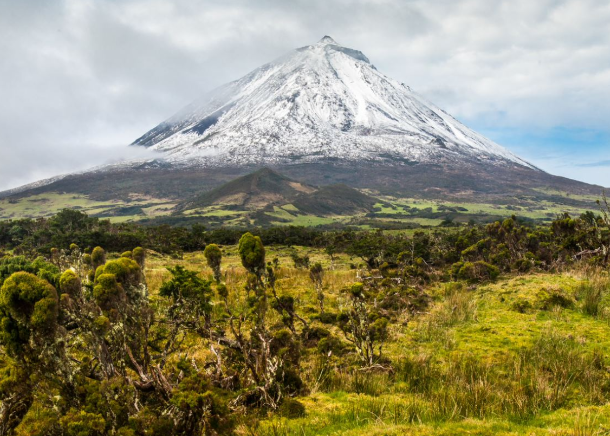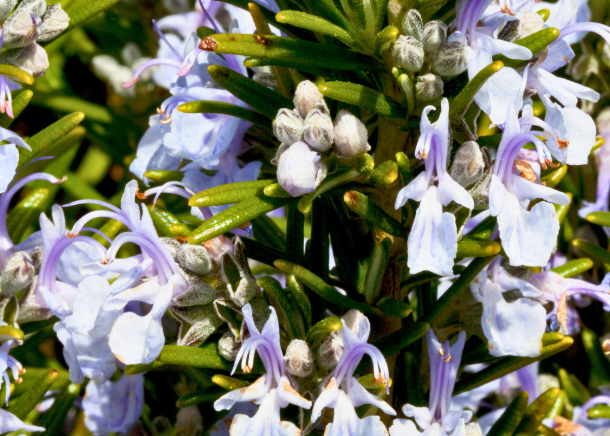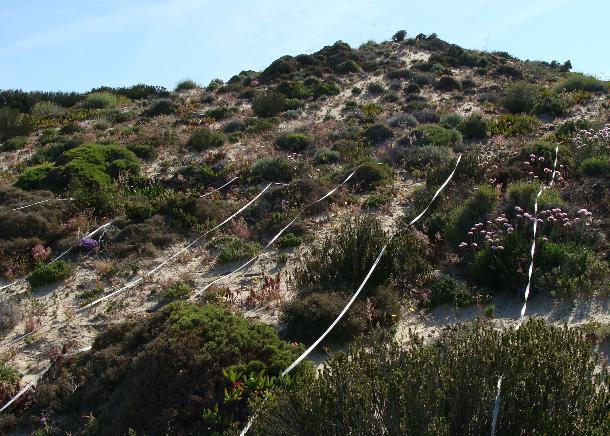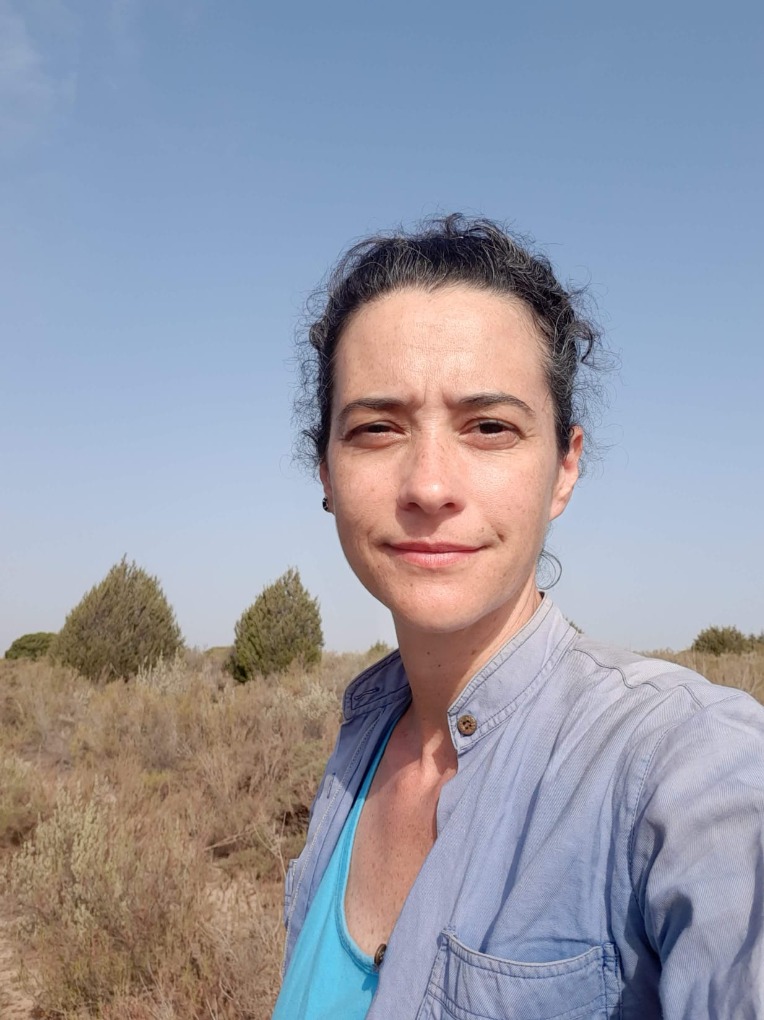Summary:
Thymus caespititius Brot is an aromatic plant, one of many that are part of the biodiversity hotspot found in Mediterranean climates, including Portugal. This plant is interesting given the variability in volatiles and essential oils produced, which are rich in terpenes. The biological role of terpenes and essential oils have been recognized for centuries, and recently the interest in these compounds and plants that produce them have risen, considering their potential use to replace existing formulations. Terpenes and essential oils can be used in medicine due to their properties as antioxidant, antimicrobial, antidepressive, just to name a few, as well as in agriculture and veterinary medicine. Furthermore, these compounds can be used in the perfumery and food industry. These applications render the subject of terpene production an important one. Thymus genus and other aromatic species can present different chemotypes, which can be briefly described as plants displaying the same morphology but having a different composition in essential oils. In T. caespititius, there is a high variability in chemotypes present in the Azorean archipelago, but in all the other sites this species grows in our country (mainland Portugal and Madeira), only one chemotype has been identified, α-terpineol. This question of chemotype occurrence has always been intriguing, but studies performed in the past were unable to provide clear answers. The most interesting chemotypes can be found in the Azores archipelago, where plants have a high content of phenol-like terpene chemotypes (thymol and carvacrol vs sabinene), which are interesting compounds to be further exploited by the pharmaceutical, veterinary, and agronomic areas. Terpenes are produced through the activity of terpene synthase genes, that are multiproduct enzymes which show some promiscuity. In the present proposal, we aim to further study the genetic and environmental basis for terpene production, by an integrated approach combining transcriptomics with rhizosphere microbiome profiling and soil characterization. For this, we will identify and collect several accessions in the wild, based on previous knowledge on occurrence of interesting chemotypes. Following essential oil analysis to confirm chemotype, we will RNAseq the most interesting plants and combine this information with reference genomes. Considering there is no reference genome for our species, we will resort information for other Thymus species, namely T. quinquecostatus and T. mandschuricus. This will allow to map, annotate, and predict several genes in our T. caespititius, including the terpene synthase genes and other conserved genes, providing important information to what is expressed differently in the different chemotypes. Furthermore, the influence of soil in chemotype determination will also be evaluated. The complex communities living in soils include several microbes, which will be identified through microbial profiling, accompanied by extracellular enzymatic assays to assess an overall microbial activity, and reveal key aspects of metabolism. Soils will also be analysed to determine its physical and chemical composition. This multidisciplinary study will allow for an integrated approach and provide further insight to chemotype diversity in an important plant from our flora, that will provide solid background for further exploitation of terpene production aiming at later applications in the industry, human and veterinary medicine and agriculture.
Keywords:
Chemotypes; island biodiversity; aromatic plants; microbiota rhizosphere
Funding Institution:
Fundação para a Ciência e a Tecnologia







